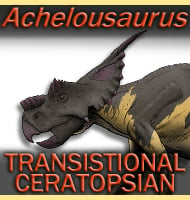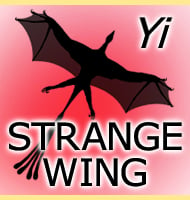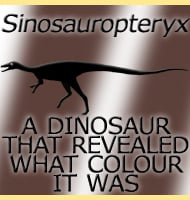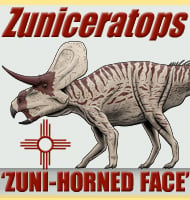Beipiaognathus
In Depth Described as a compsognathid dinosaur in 2016, the holotype Beipiaognathus has since been accused of being a fake. The theory is that the holotype is actually parts of many different creatures that an unscrupulous fossil dealer has stuck together in order to sell the fossil for more money. Unfortunately this is an often … Read more



